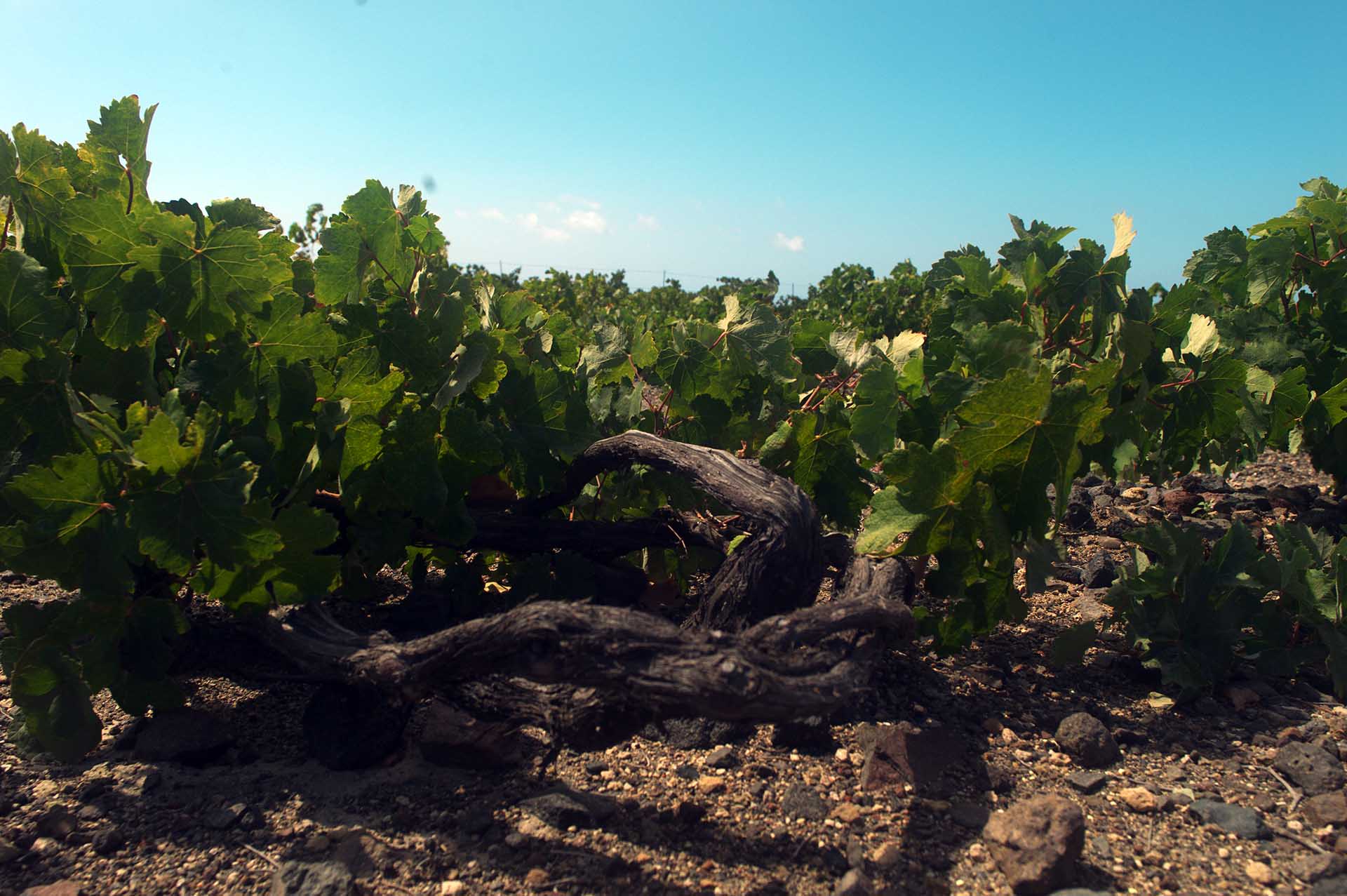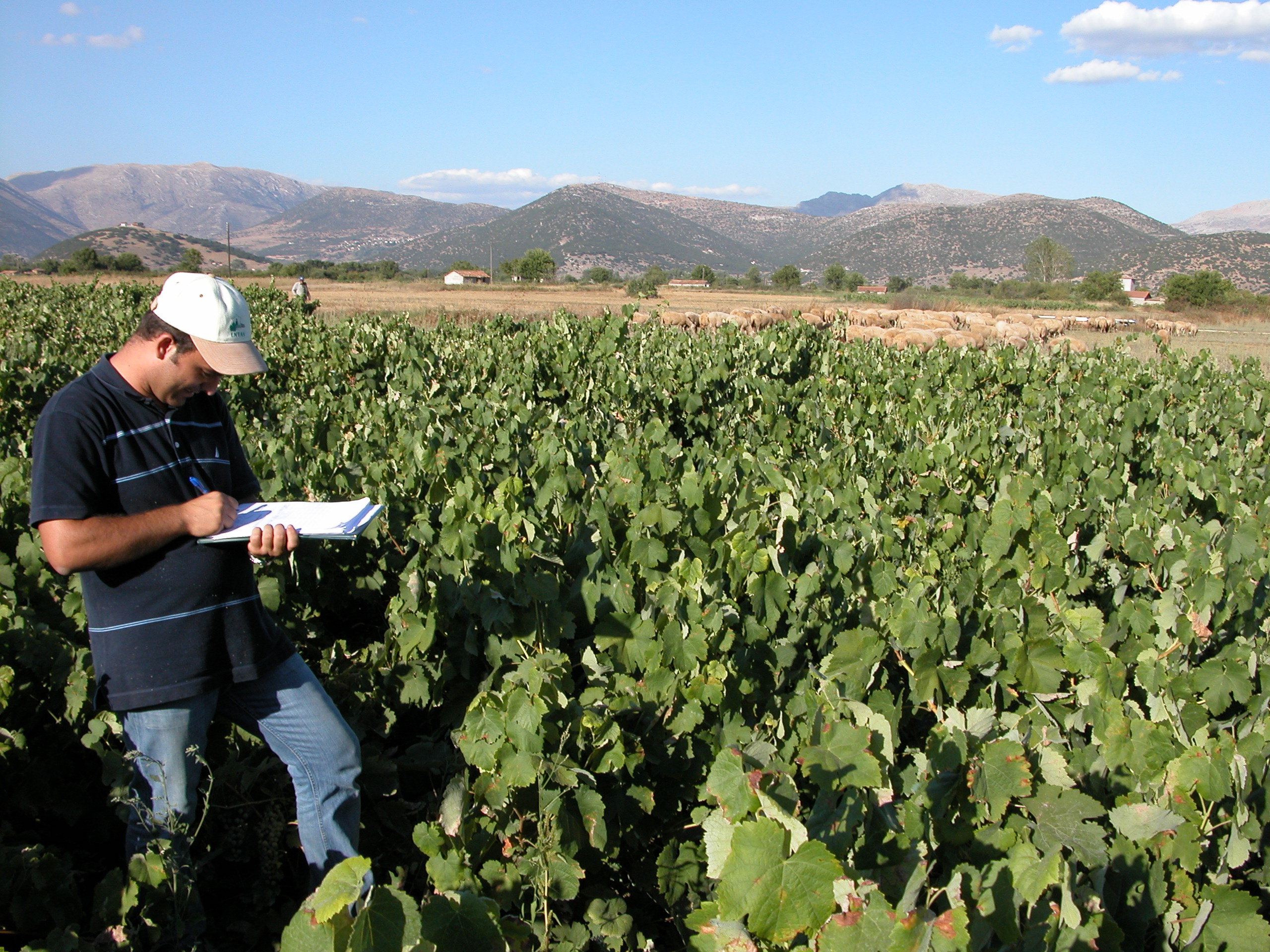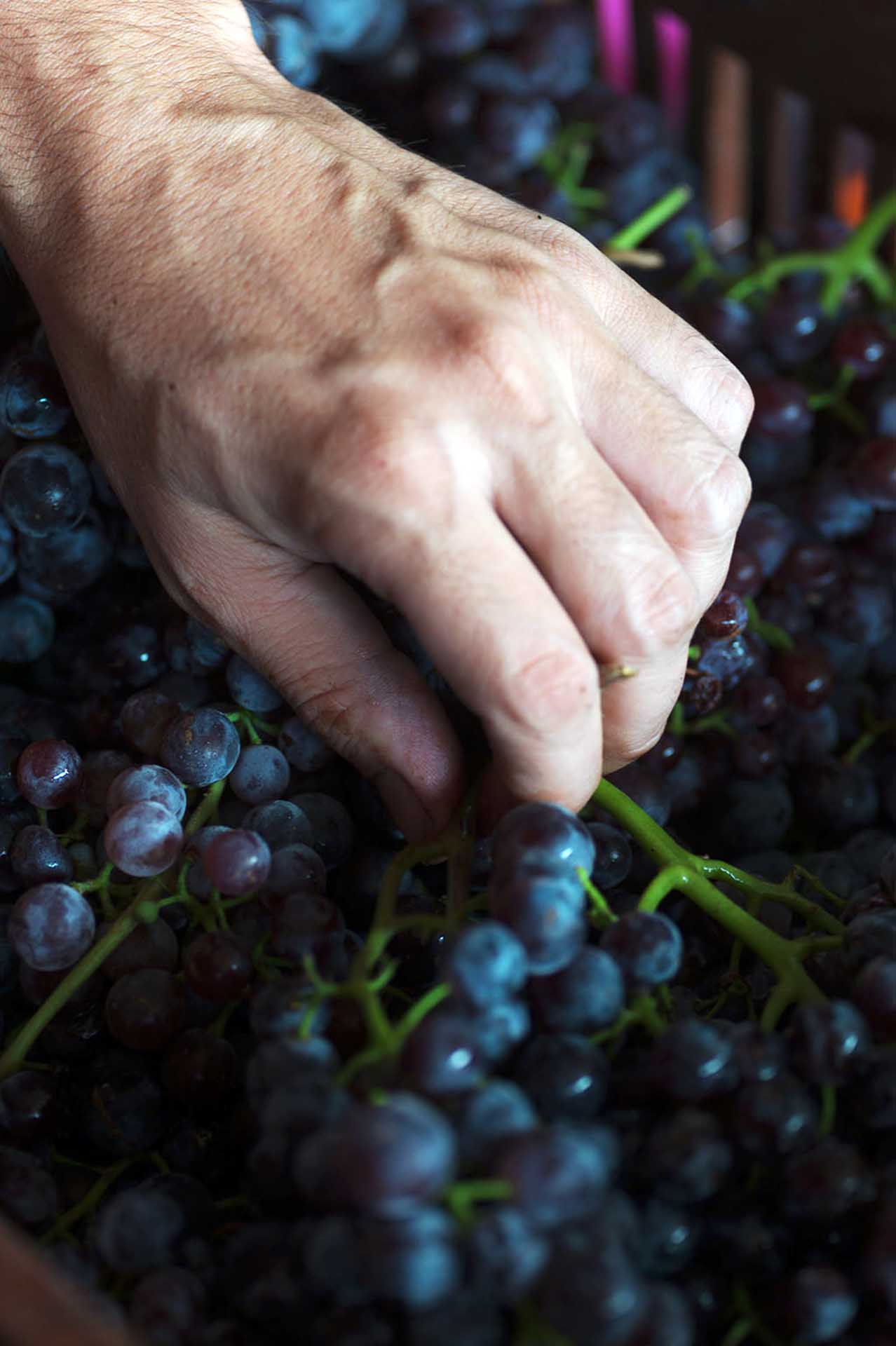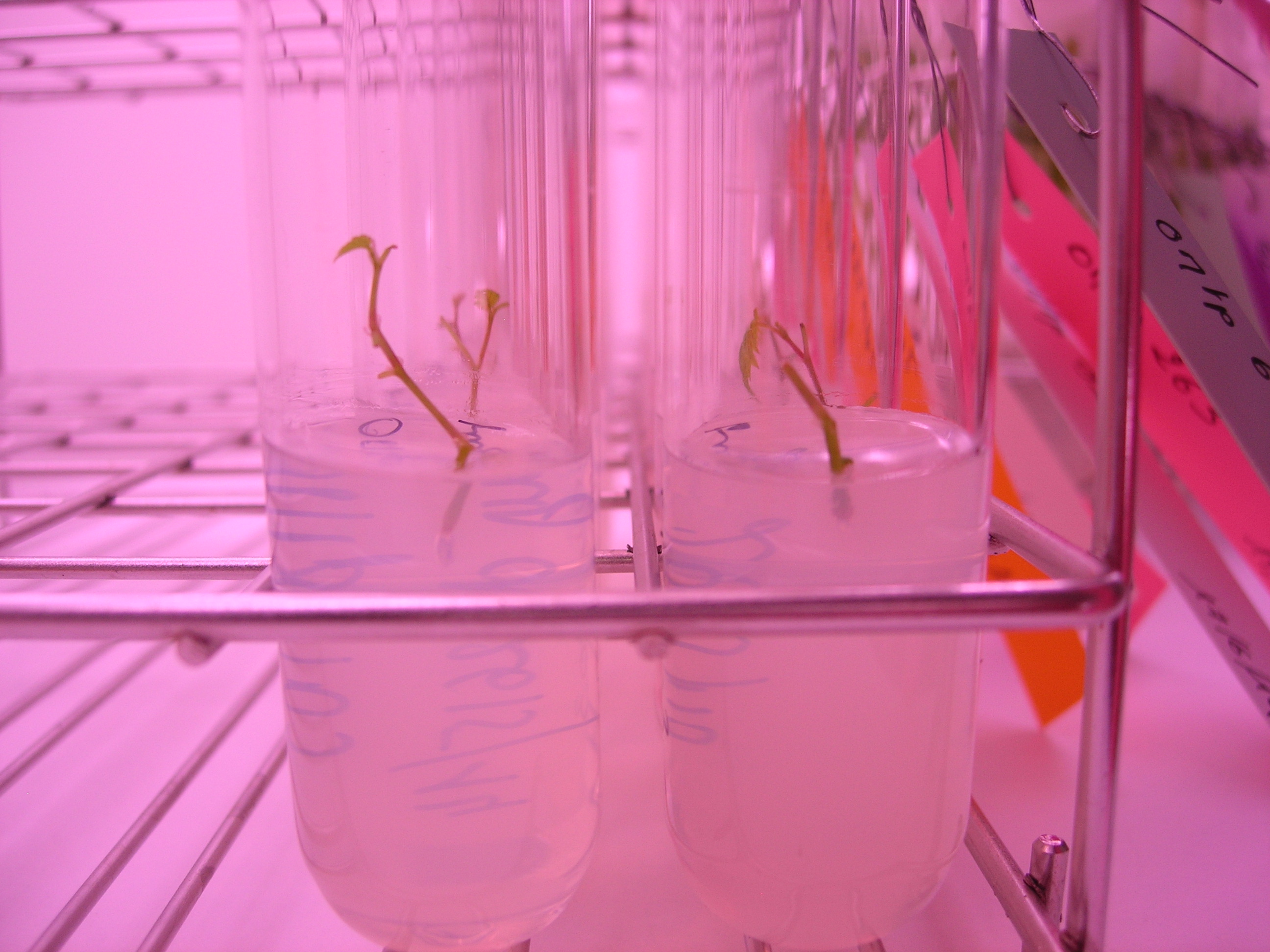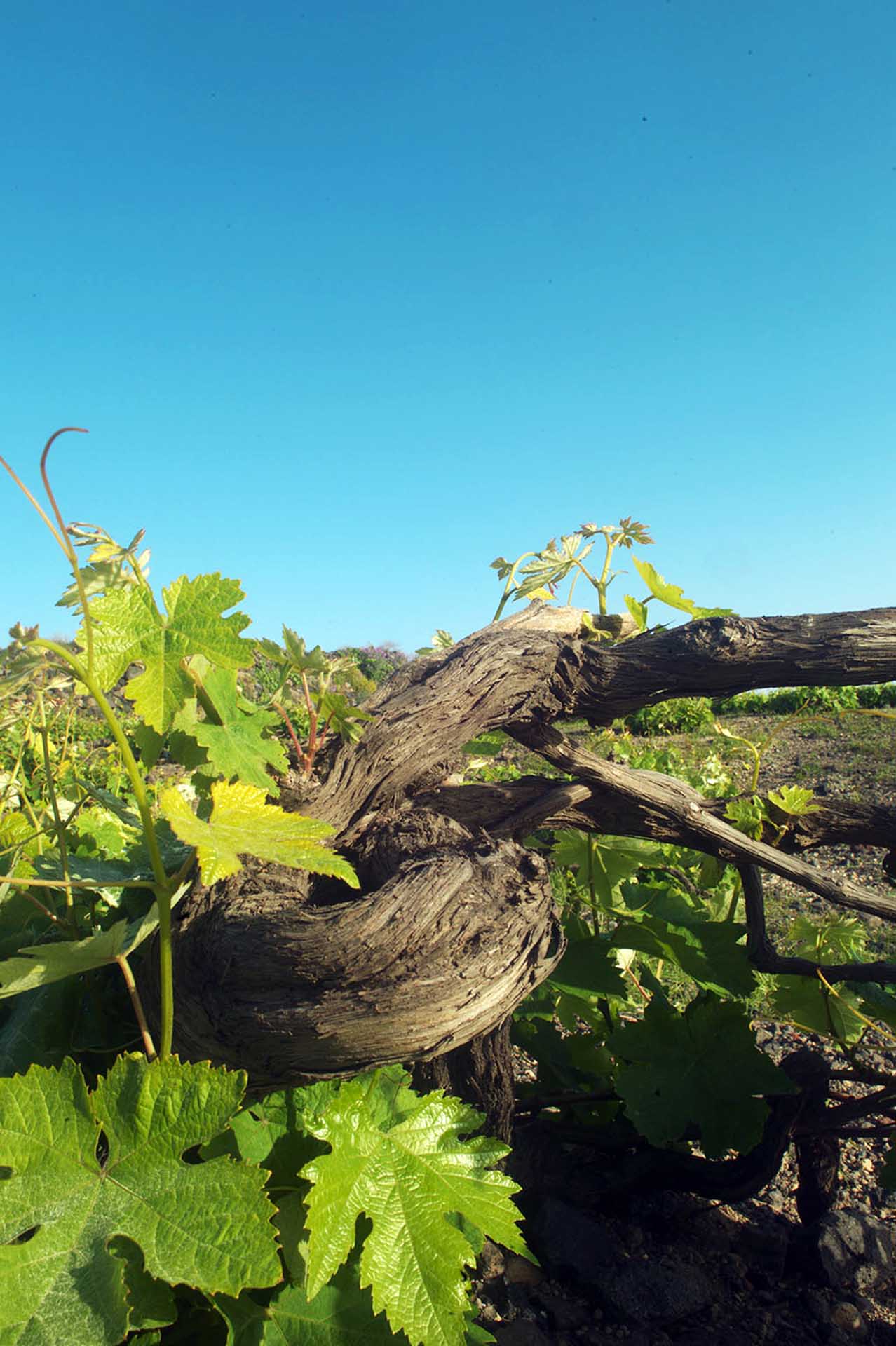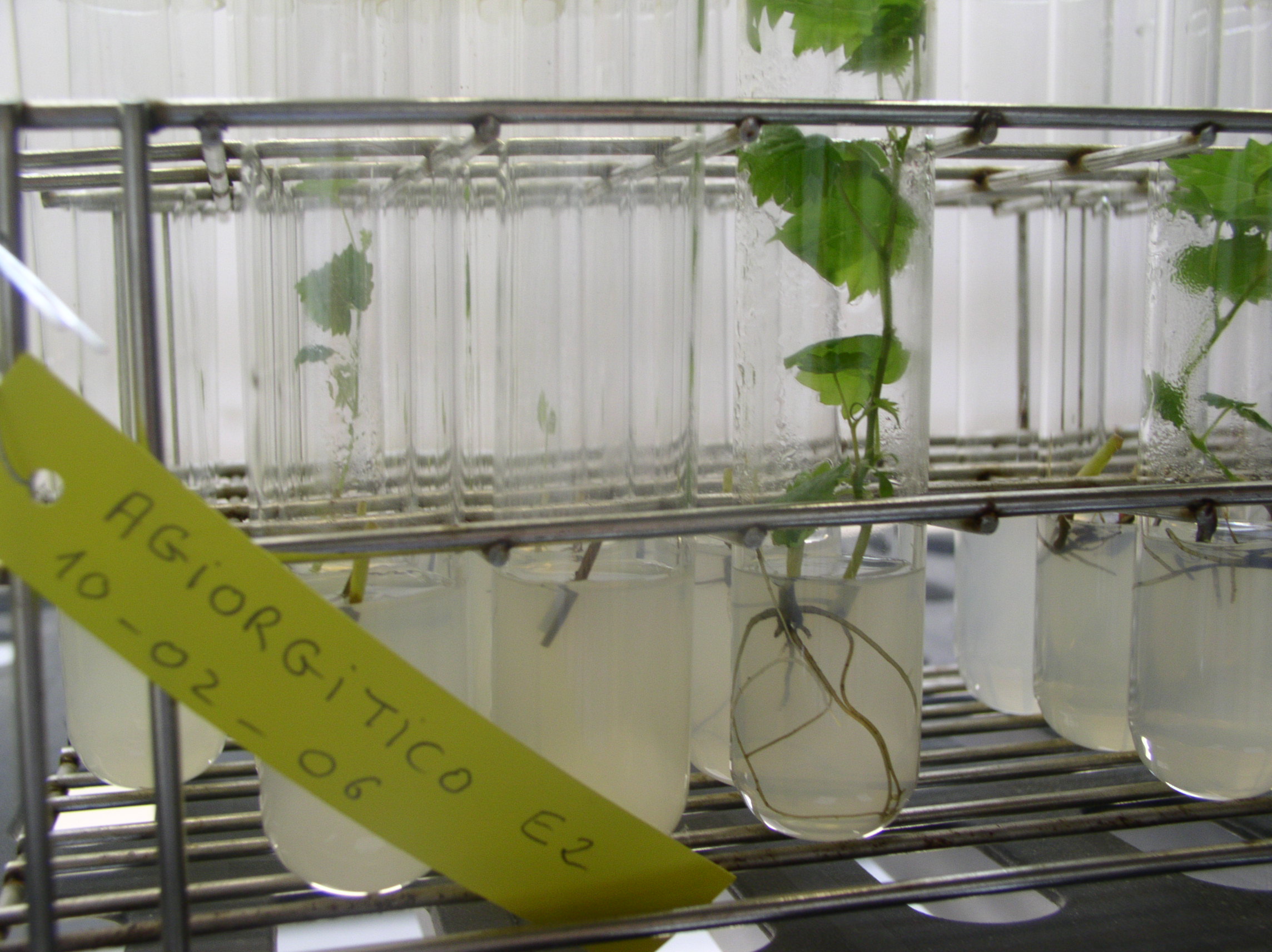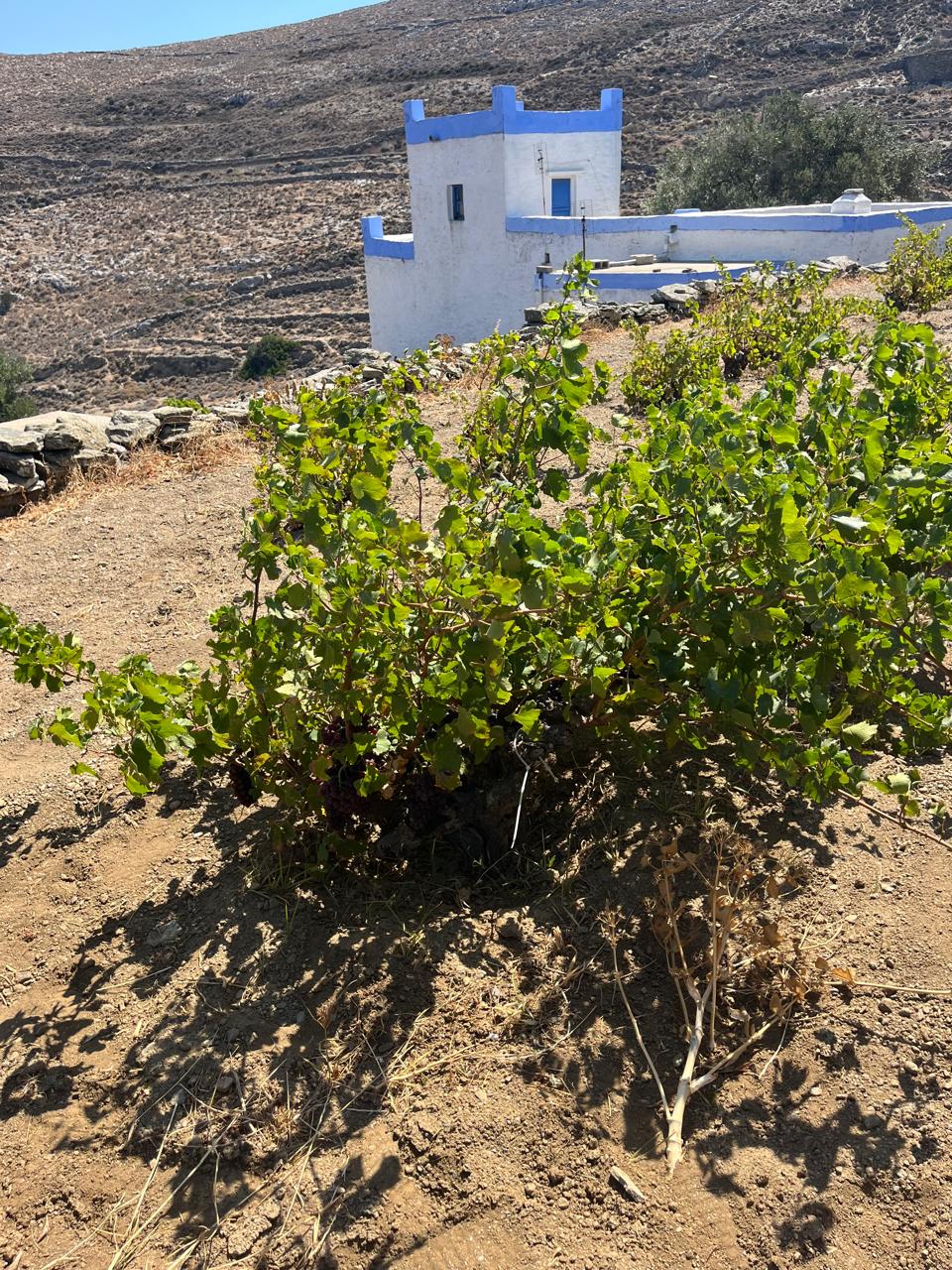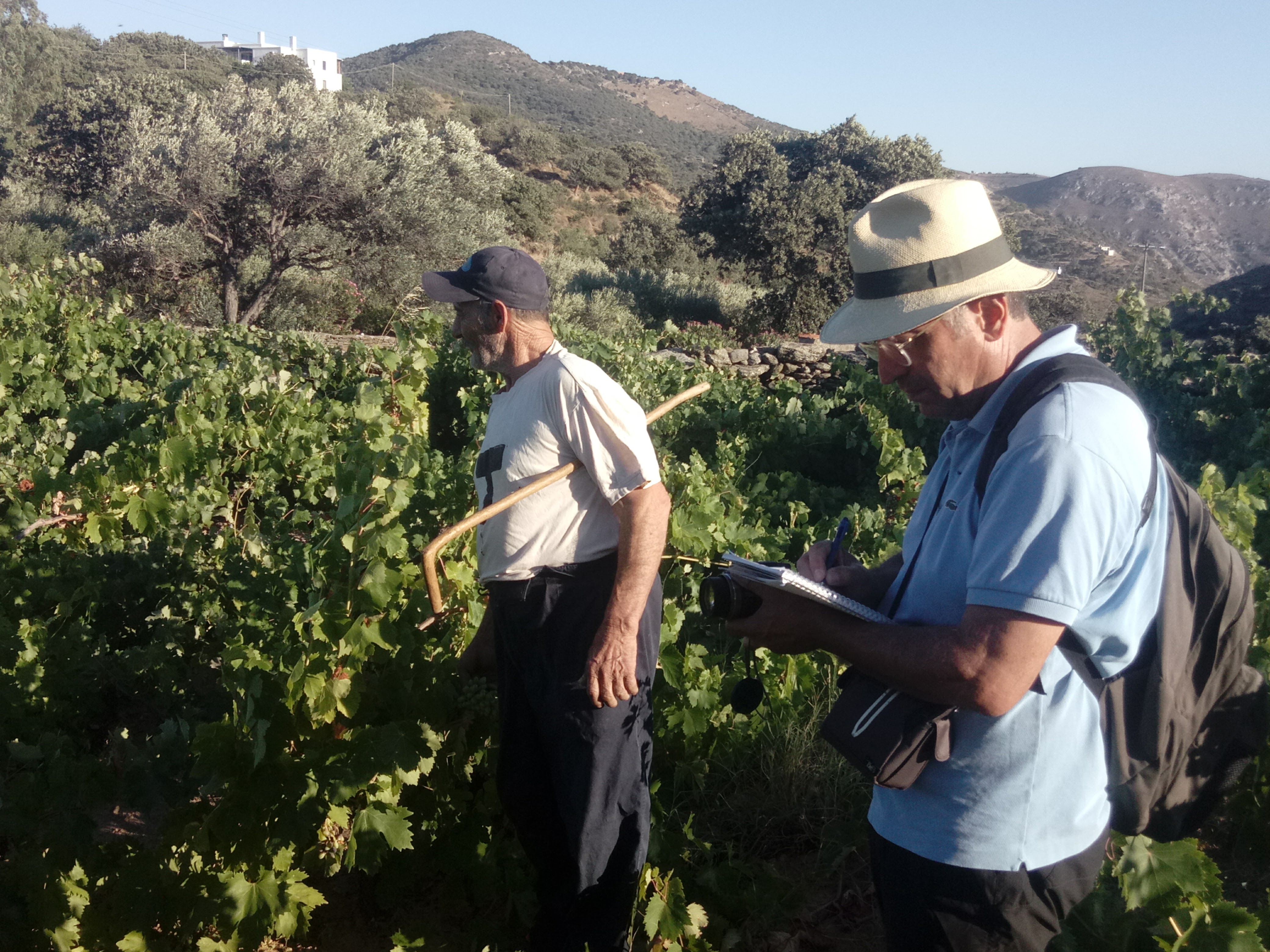Hellenifera was founded in 2014 by Konstantinos Bakasietas owner of the Vine Nurseries Bakasietas (VNB) and the Institute of Vine and Wine of France (IFV). The action in the field of clonal selection of the vine began in 2004 both in Greece and in the other countries of South-eastern Europe.
The aim of Hellenifera is the research, identification, rescue and preservation of rare and commercial varieties and clones of the vine. The creation of sustainable and model vineyards is a primary aim for Hellenifera, which is why the material is tested for 11 viruses. In 2021, the first 20 clones of Greek varieties were registered. This was followed by the registration of 3 clones in 2023, and with another 8 being in the registration process.
In the last 20 years Hellenifera has visited over 480 old vineyards in Greece, Cyprus, Bulgaria and the Middle East, studying over 320 indigenous varieties. Up until today the company has identified over 2050 different candidate clones. Hellenifera could not follow a different methodology for clonal selection but the French one, since this ensures the genetic variation of the very old varieties in South-eastern Europe. Today Hellenifera maintains in its collections more than 150 varieties of particular agronomic and oenological interest and 500 different clones thereof.
The process of clonal selection begins with the detection of candidate clones in old vines in the places of origin of the varieties. The expertise of IFV and VNB scientific teams, guarantees a targeted and successful selection of clones.
The know-how of the IFV and VNB scientific teams guarantees a targeted and successful selection of the clones.
The process of clonal selection begins with the detection of candidate clones in old vines in the locations the varieties originate in. After 3 years of monitoring the stability of the characteristics for which they were selected, the clematis are collected for phytosanitary and genetic analysis.
Hellenifera sends the clematis to the French Institute of Vine and Wine (IFV) in Montpellier, for virological testing of the samples. At the same time, the genetic identification of plant material is carried out in the database of the INRAE genetic material bank. The genetic identification is an extremely valuable process as homonyms (similar name for different varieties) and synonyms (different name for the same variety) are quite common in all these old wine-growing regions.
3 years later, where the material has been sanitized and tested for viruses, it enters the final stage, which is indexing.
to specially designed insect-proof greenhouses in Leontio, Nemea, Greece. All healthy samples are kept there and are part of the first official bank of healthy genetic material in Greece. Then, the material is propagated in order to plant the experimental vineyards in the isolated mountainous area of Argolis, in Alea. All Hellenifera experimental vineyards have a planting density of 400 plants/acre (4000 plants/hectare), the shaping system is double Royat, with 8-10 heads per plant, pruned to 2 buds. The height of the trunk is 70-80 cm and the ground is of medium composition with high gravel content.
Agronomic and oenological measurements are carried out in these experimental vineyards. These measurements are always accompanied by microvinifications and blind wine tastings. The year 2024 marks 10 years since the first vintage of experimental vineyards.
So from 2022 Hellenifera is pleased to release its first 20 clones.
Assyrtiko B ENTAV-INRA® 004VNB
Agiorgitiko N ENTAV-INRA® 001 VNB
Aidani B ENTAV-INRA® 003VNB
Attiki N ENTAV-INRA® 005VNB
Vidiano B ENTAV-INRAⓇ 007VNB
Vilana B ENTAV-INRA® 009VNB
Kortinthiaki N ENTAV-INRA® 010VNB
Kotsifali N ENTAV-INRA® 011VNB
Limniona N ENTAV-INRA® 013VNB
Monemvassia B ENTAV-INRA® 016VNB
Moschofilero N ENTAV-INRA® 017VNB
Xinomavro N ENTAV-INRA® 018VNB
Robola B ENTAV-INRA® 021VNB
Savvatiano B ENTAV-INRA® 022VNB
Soultanina B ENTAV-INRA® 024VNB
110 Richter ENTAV-INRA® 026VNB
140 Ruggeri ENTAV-INRA® 027VNB
Crimson Seedless ENTAV-INRA® 028VNB
Red Globe ENTAV-INRA® 029VNB
VARIETIES
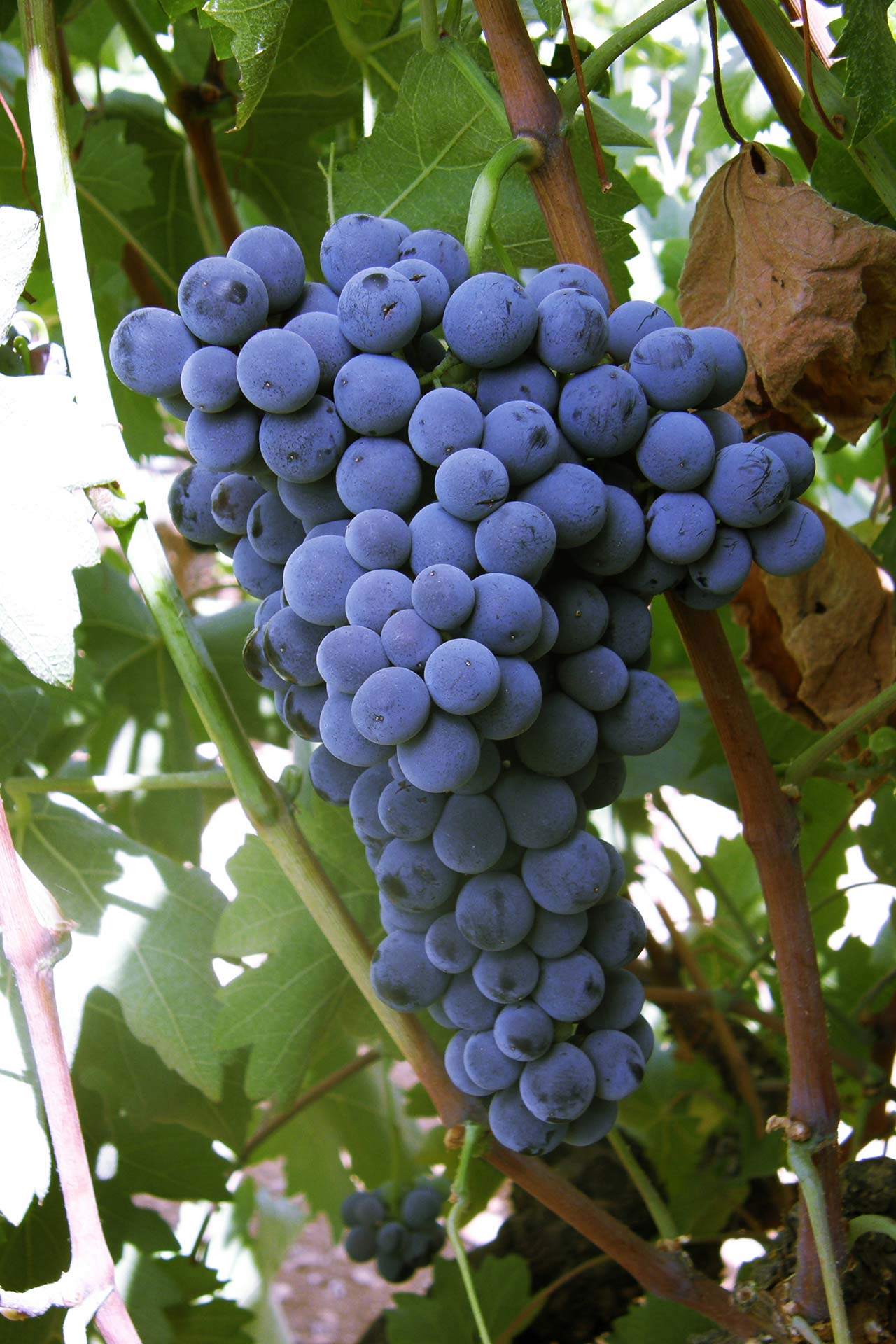
Agiorgitiko N
Late rippening
High yield Oenologic Features Medium-sized grapes and berries
It produces wine with complex aromas (red fruit, forest fruit, mint...)
Medium acidity, soft tannins & plenty of anthocyanes

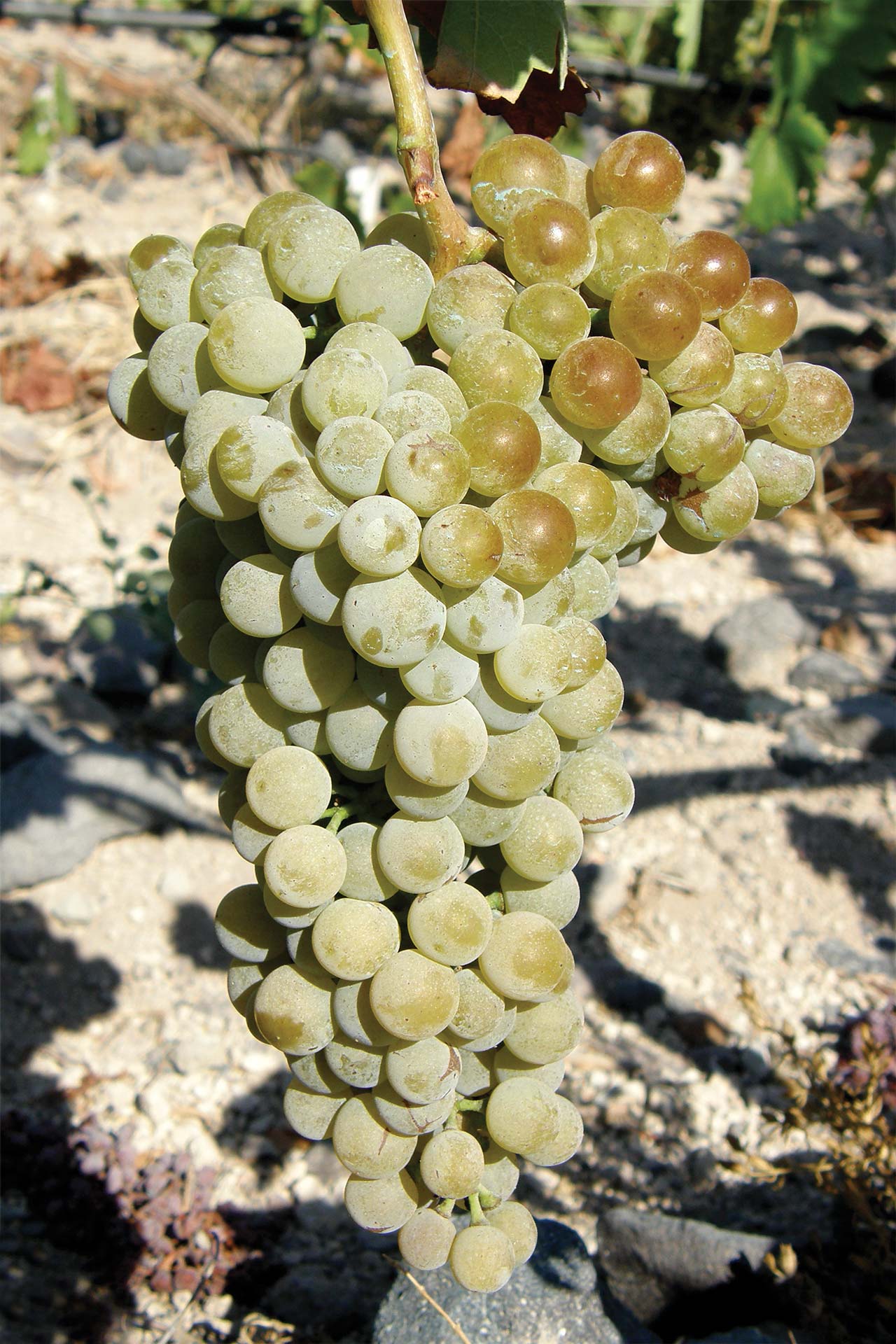
Aidani B
Very late rippening
High grape density Oenologic Features Medium to large-sized grapes and medium-sized berries
Μedium acidity
Intense herbal and white fruit aromas

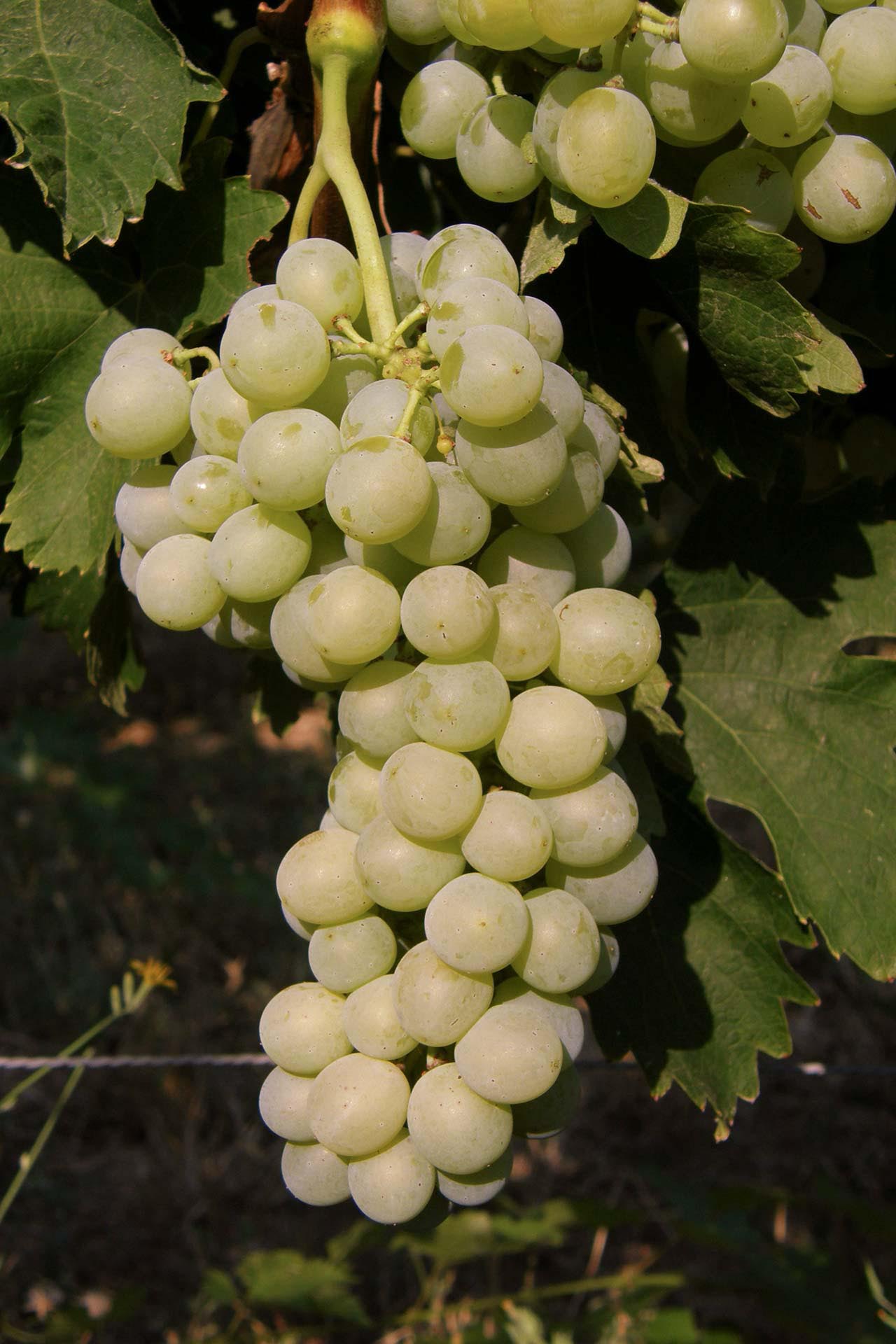
Assyrtiko B
Very balanced yield
Very resistant to dry conditions Oenologic Features Medium to small-sized grapes
Aromas from citrus and white fruits
High phenolic content

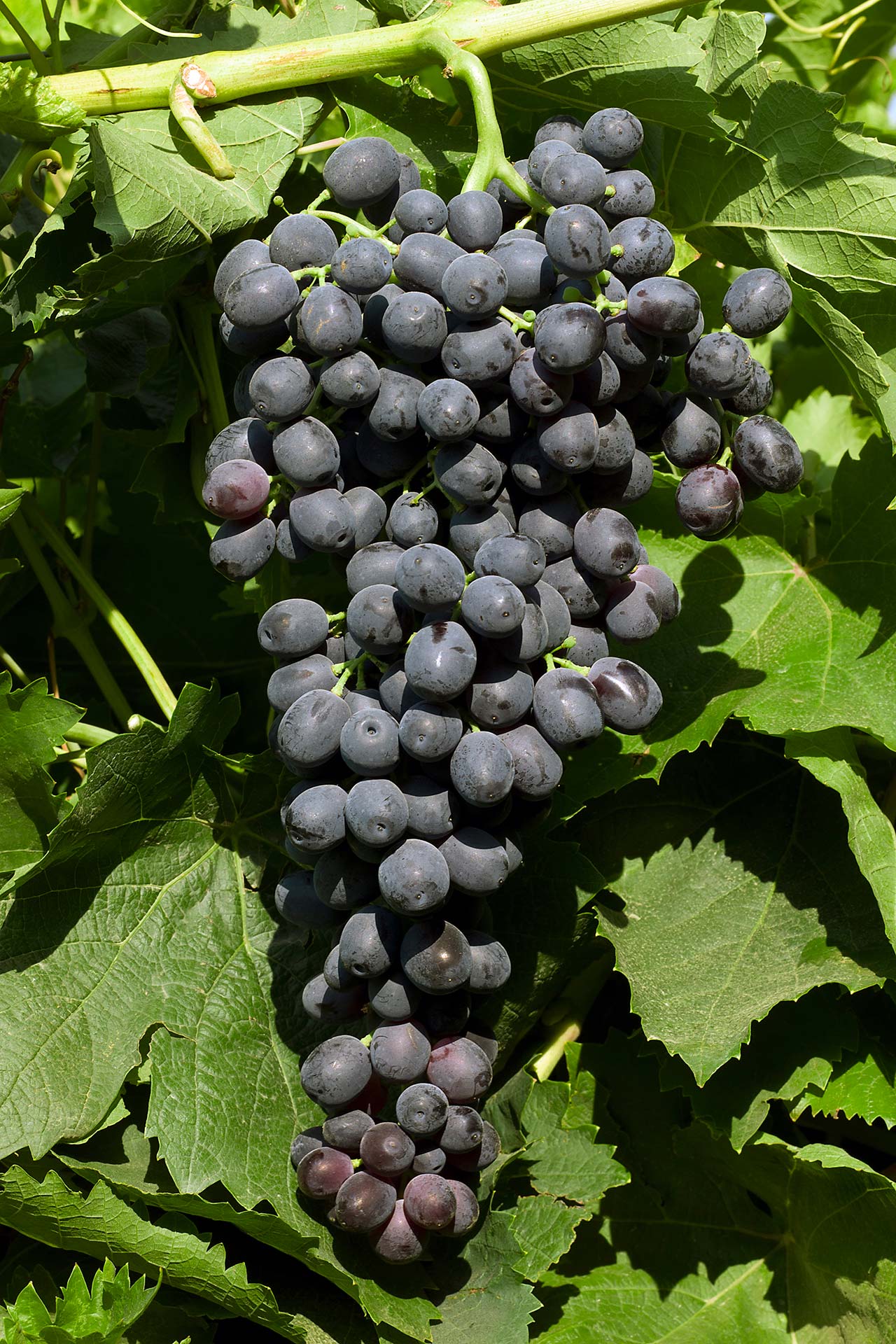
Attiki N
Clones ENTAV-INRA® 005VNB Agronomic Features High vigour
Early ripening
High bud fertility, high productivity Oenologic Features Medium to large-sized grapes with large-sized berries
It sometimes produces very small and hollow seeds
Very tasty and attractive grapes

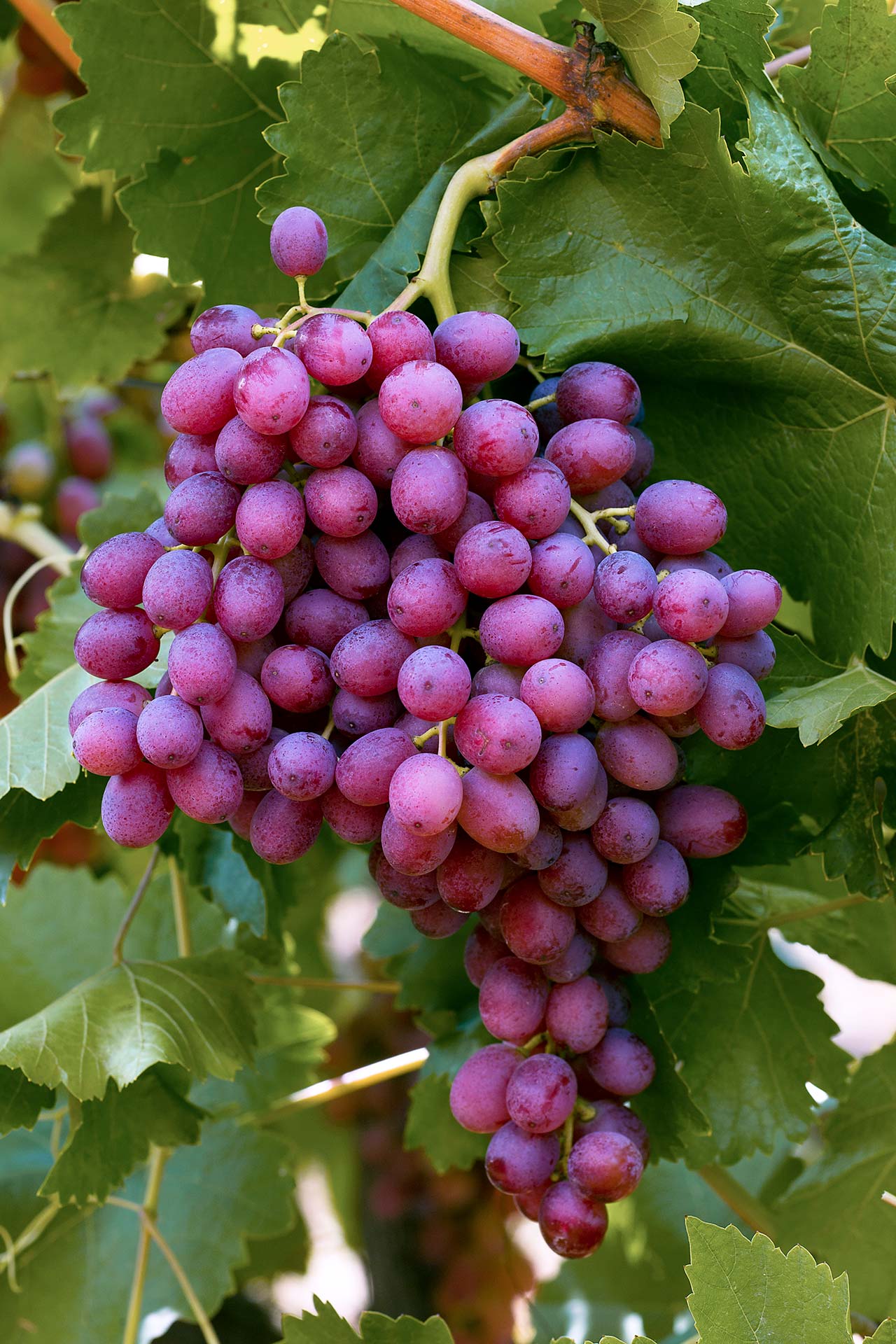
Crimson Seedless Rg
Late ripenig
Medium bud fertility Oenologic Features Medium-sized grapes with large-sized seedless berries
Very attractive grapes thanks to its berry shape and color
Cruncy berries with slightly acidis taste

Koiniariko
No efflorescence Oenologic Features Medium acidity
High phenolic content
Aging potential
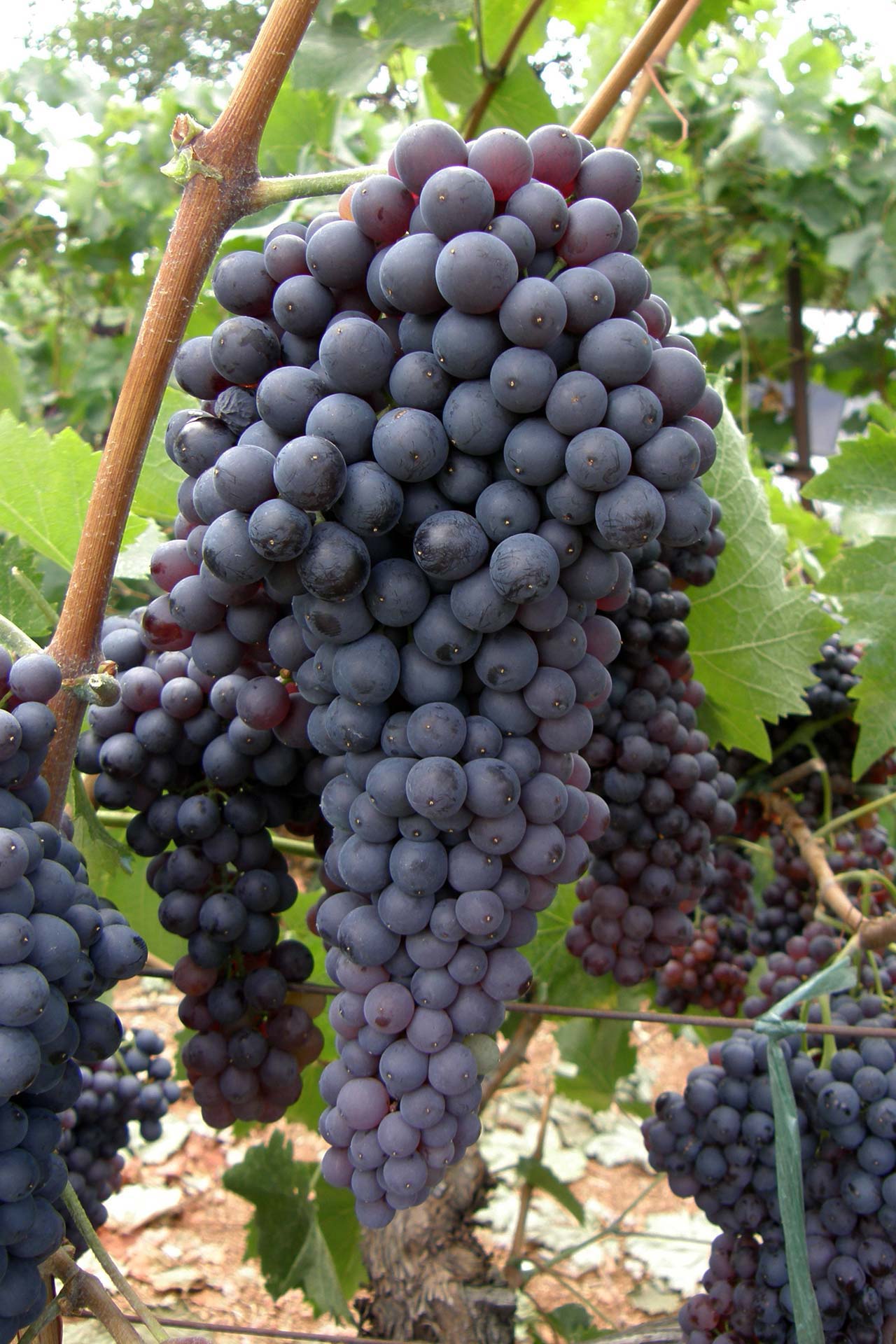
Korinthiaki N
Early ripening
High bud fertility even in basl buds Oenologic Features Medium to large-sized grapes with small-sized seedless berries
High sugar concentration
It is usually used for dry raisin production

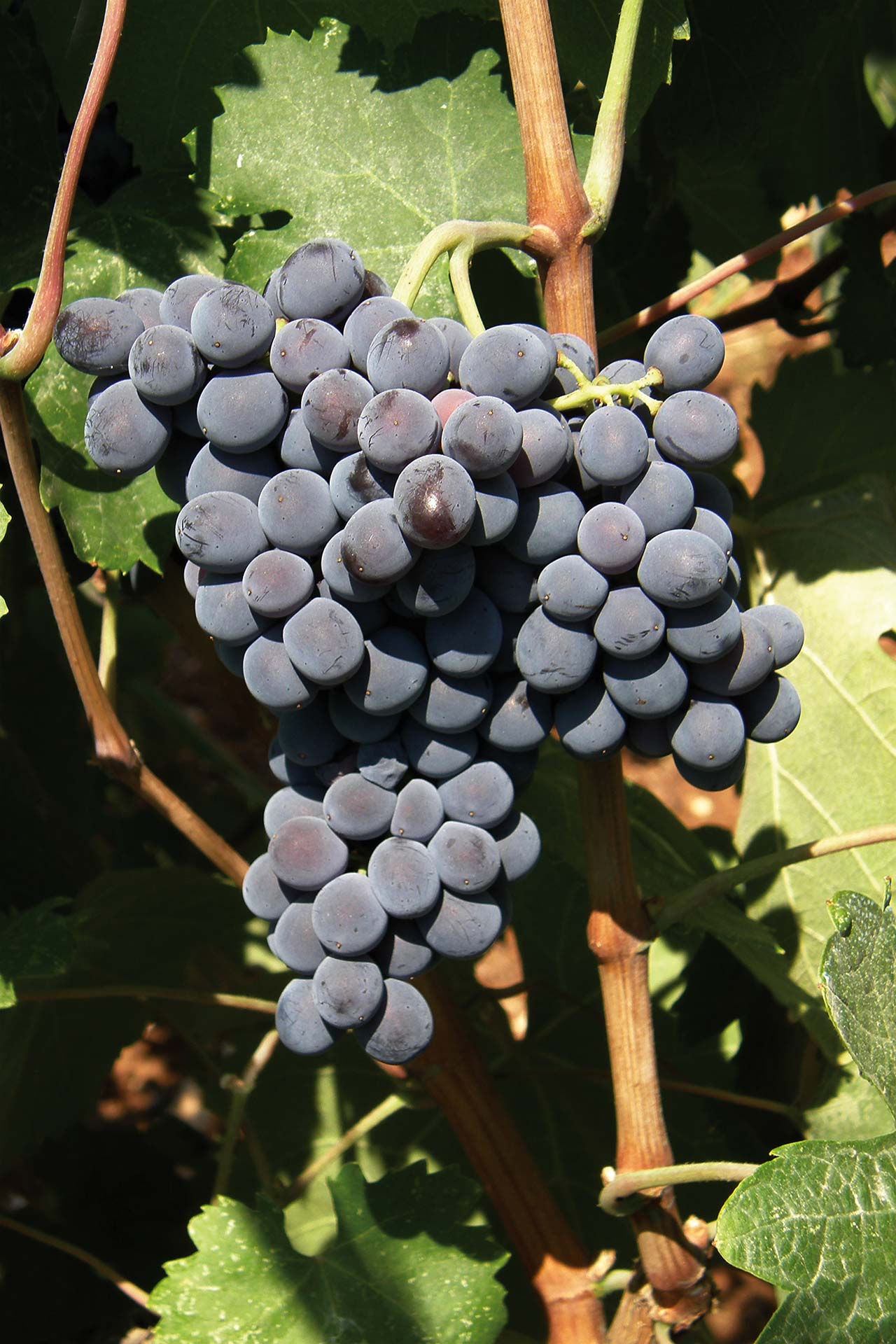
Kotsifali N
Small-sized grapes
Μedium-sized berries Oenologic Features Complex aromatic palet
Low color intensity

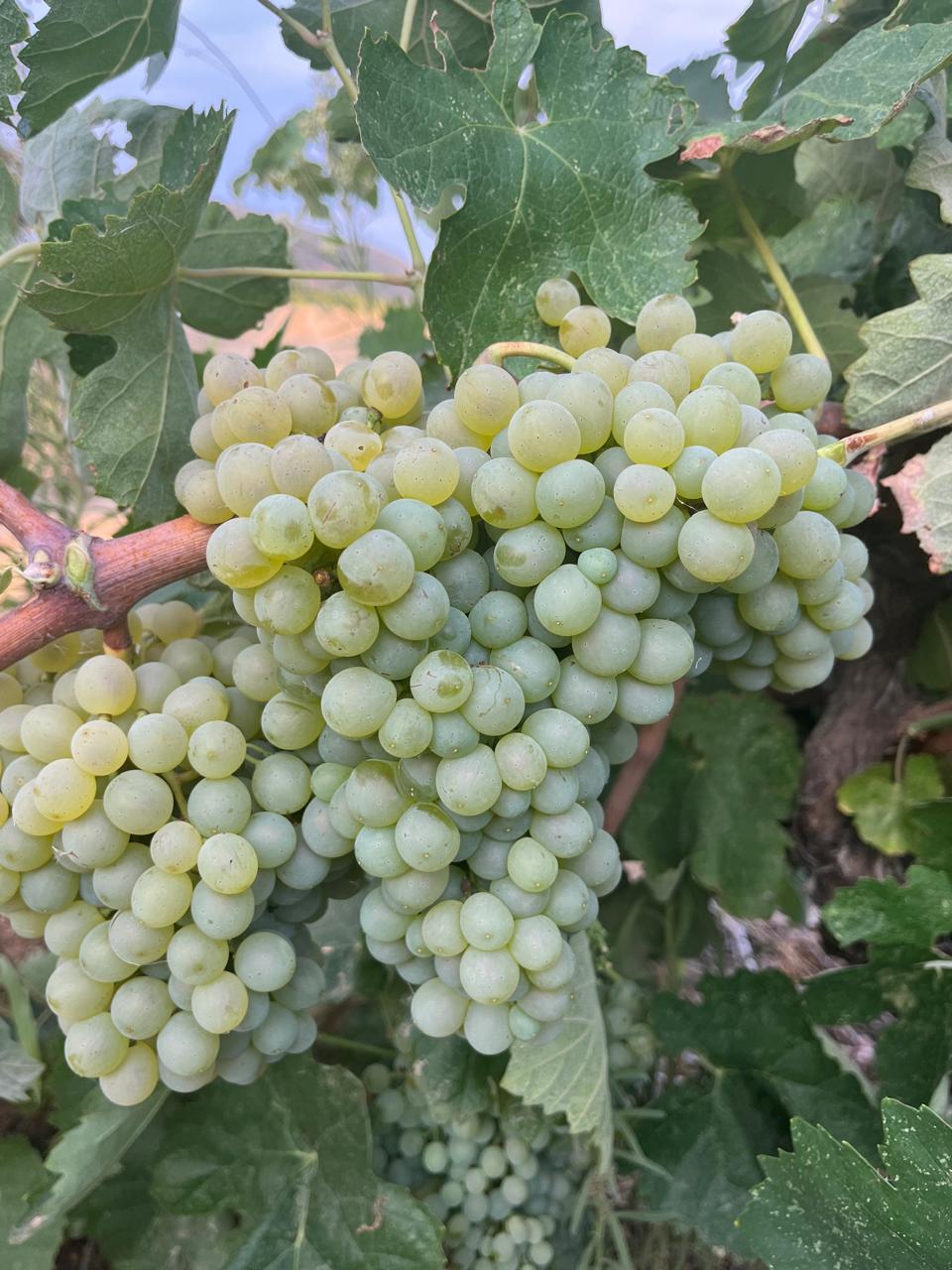
Lagorthi
Late rapenning Oenologic Features Medium to low acidity
Herbal notes
High aromatic intensity

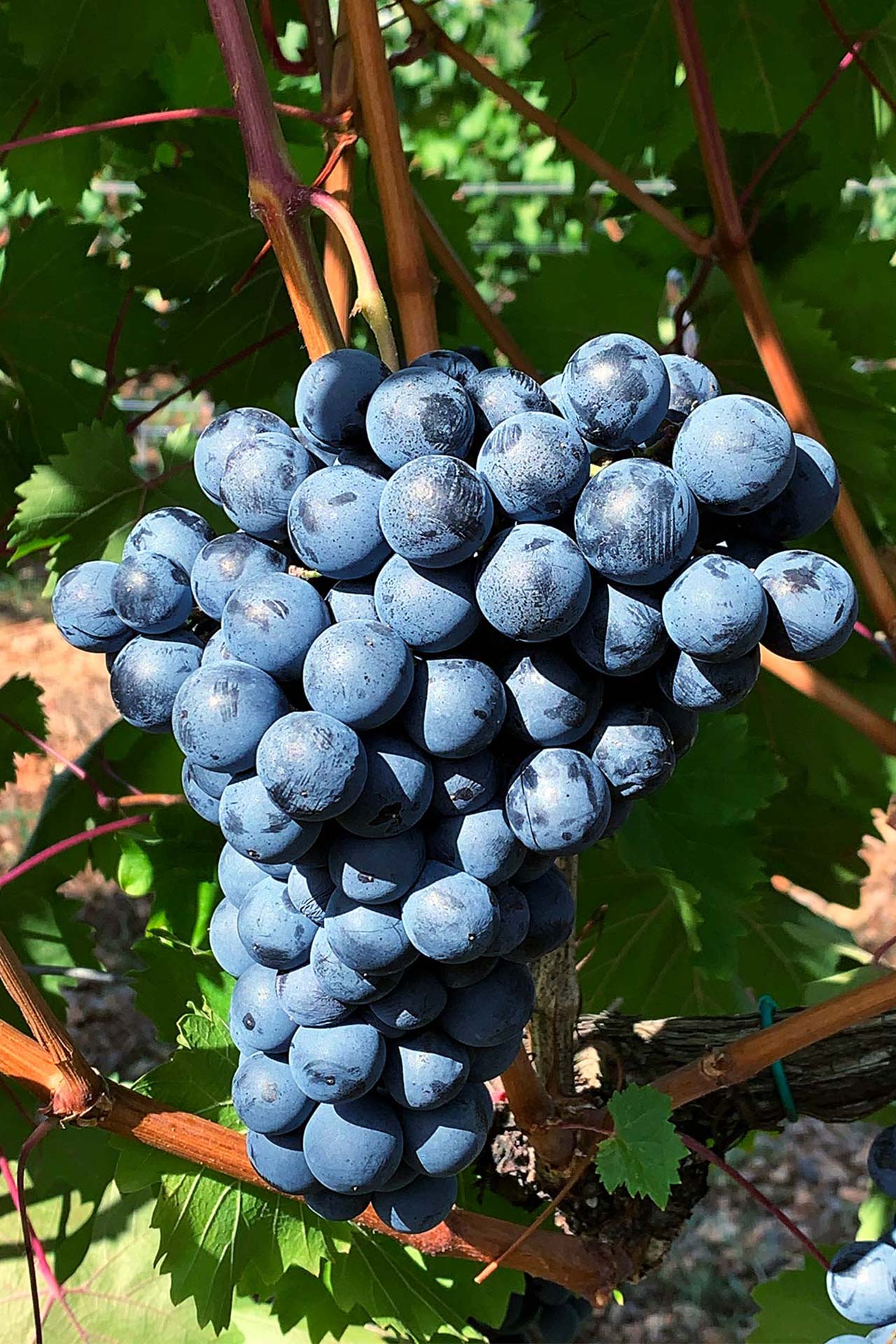
Limniona N
High vigour
High productivity
Resistance to drought Oenologic Features High color intensity and medium phenolics concentration
Medium acidity
Low alcohol content

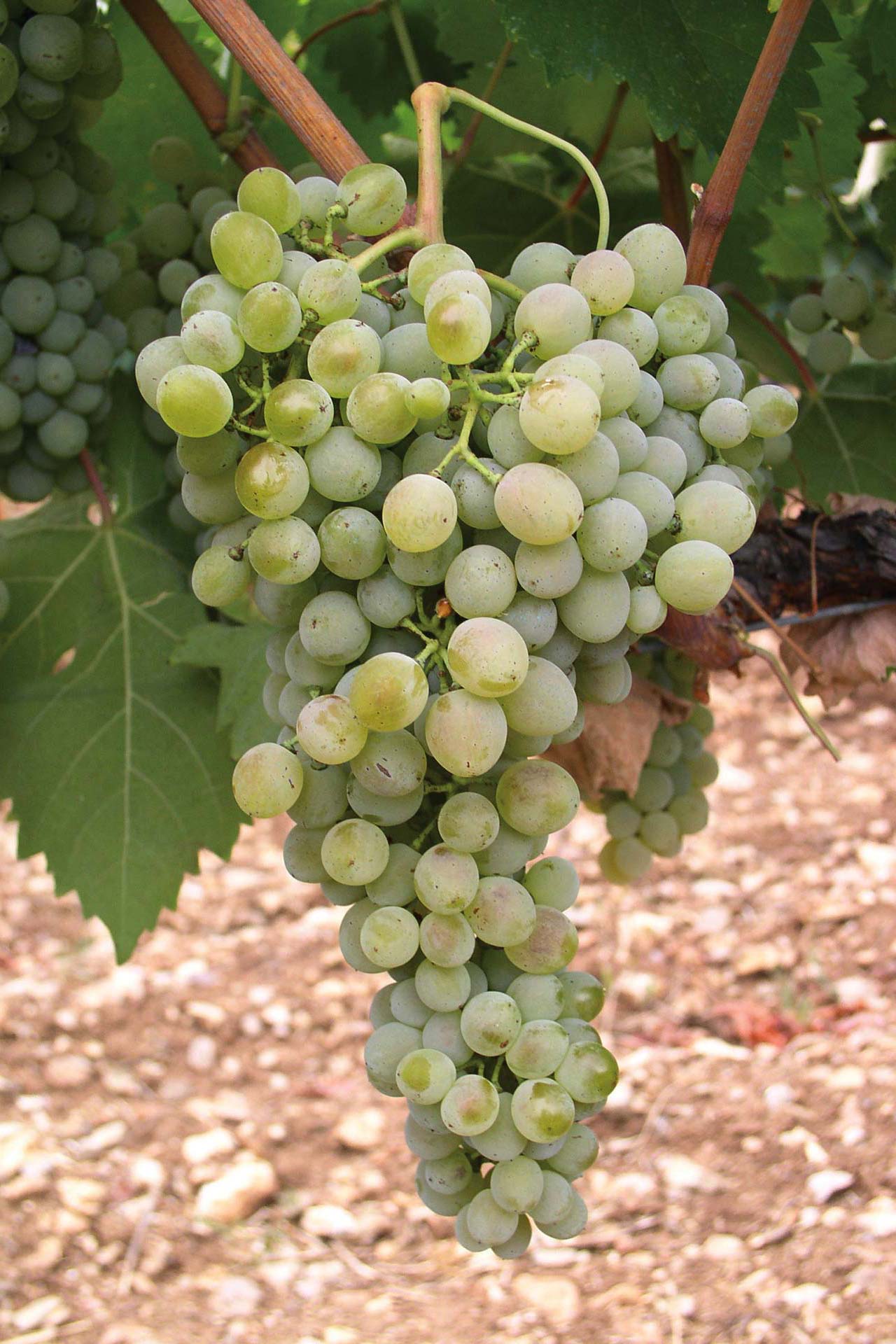
Monemvassia B
Monomvassitiko Clones ENTAV-INRA® 016VNB Agronomic Features Medium vigour
High bud fertility
Mid to late ripening Oenologic Features Low to medium acidity
It produces wines with floral and fruity aromas

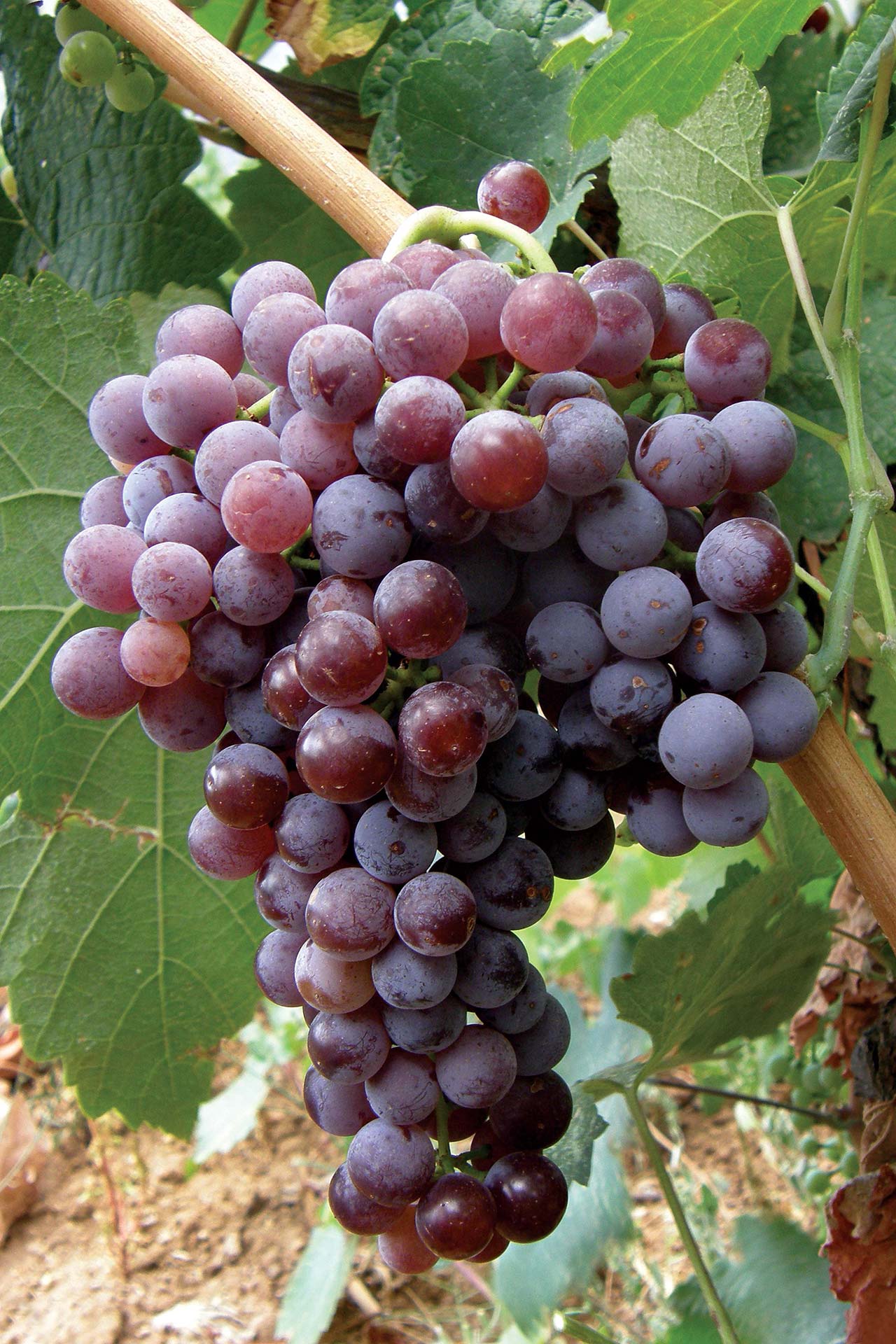
Moschofilero N
Clones ENTAV-INRA® 017VNB Agronomic Features Very strong vigour
Medium to small-sized grapes
Late ripening
High bud fertility
Oenologic Features Medium to high acidity
High aromatic complexity (rose, thiols i.a)
It can produce dry and sparkling wines with very good aging potential

Red Globe Rg
Medium bud fertility
High productivity Oenologic Features Large-sized grapes
Large to very large-sized berries
Good storage and transport capacity
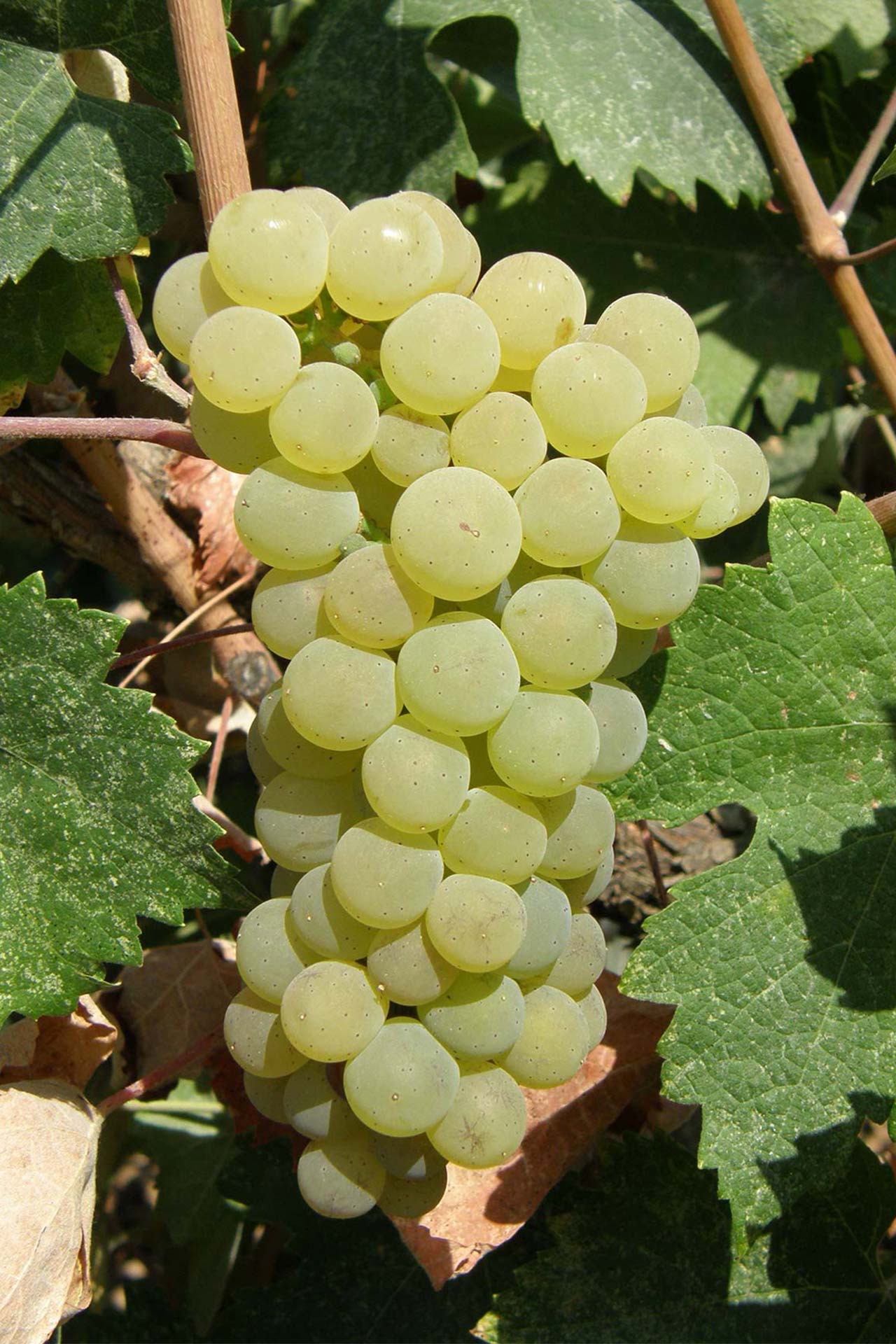
Robola B
Vertical shoot growth
Medium productivity Oenologic Features High acidity
Complex aromatic palet with herbal and white fruit aromas
Ageing potential

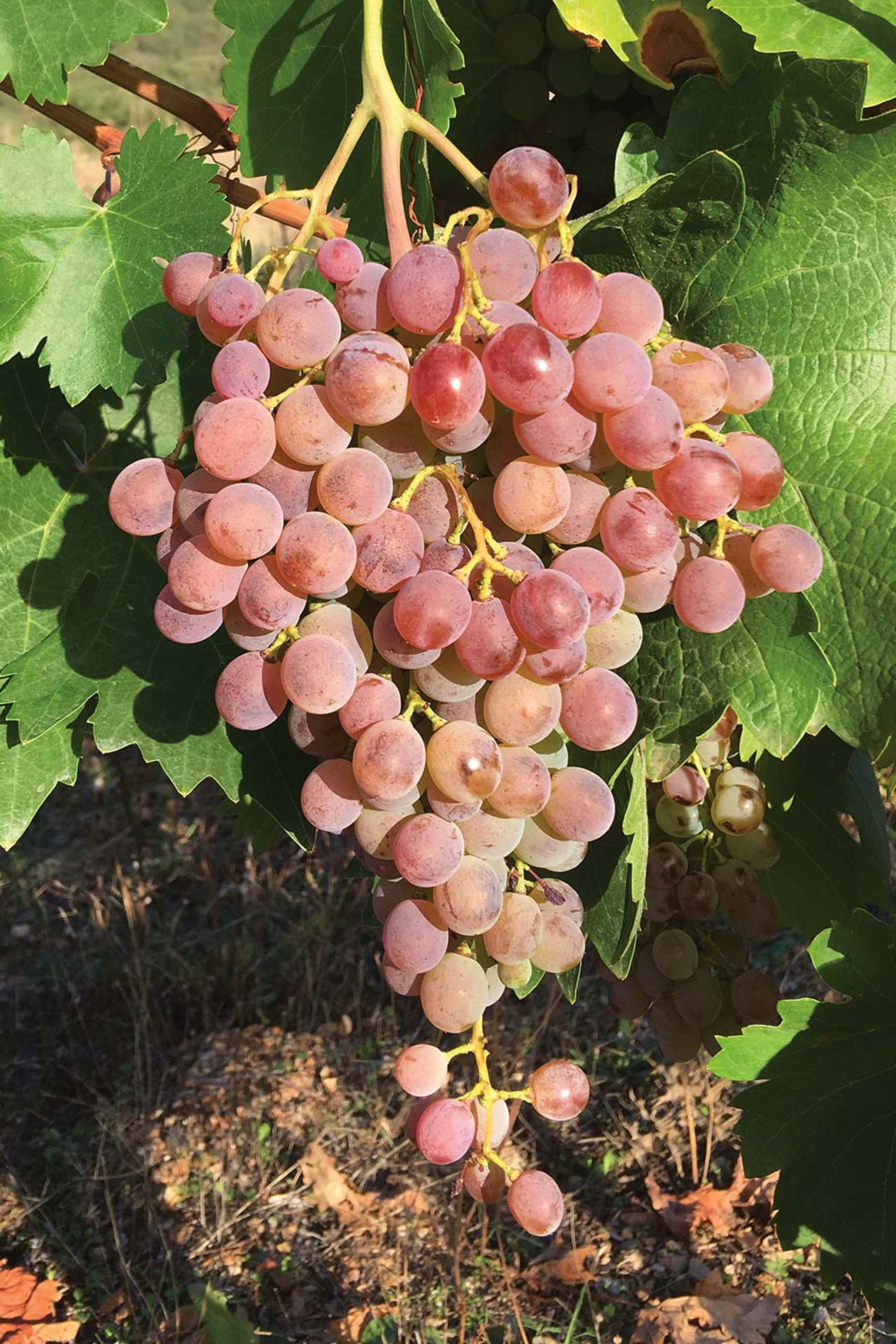
Roditis Rs
High bud fertility
Very high production Oenologic Features It produces wines of low alcohol content
Medium acidity and structure
Aromas are characterised tropical and white fruit

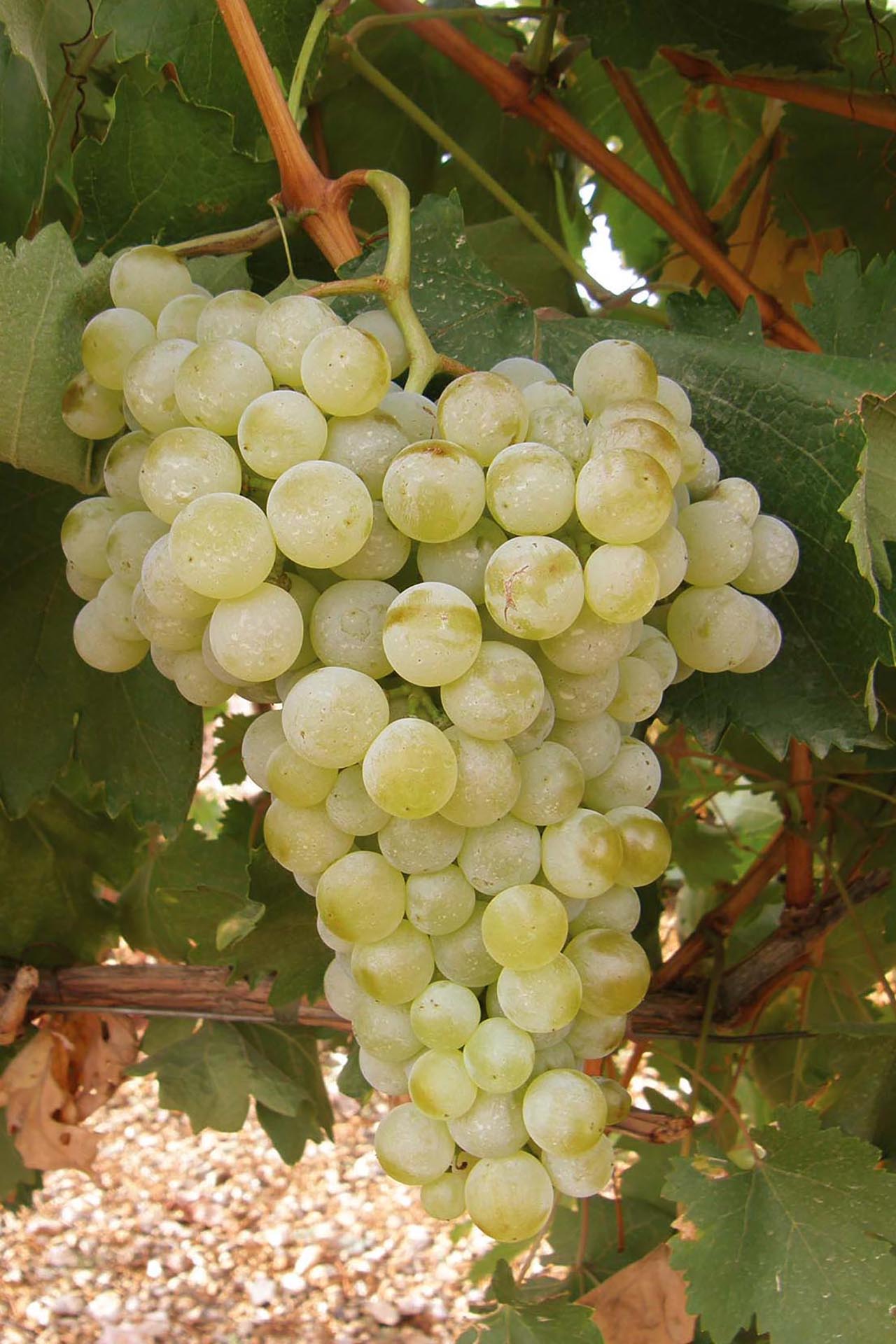
Savvatiano B
Clones ENTAV-INRA® 022VNB Agronomic Features Large-sized grapes with medium-sized berries
Very resistant to dry conditions
High to very high productivity Oenologic Features Medium to high acidity
It produces light and easy to drink wines with typical aromas from white and citrus fruits

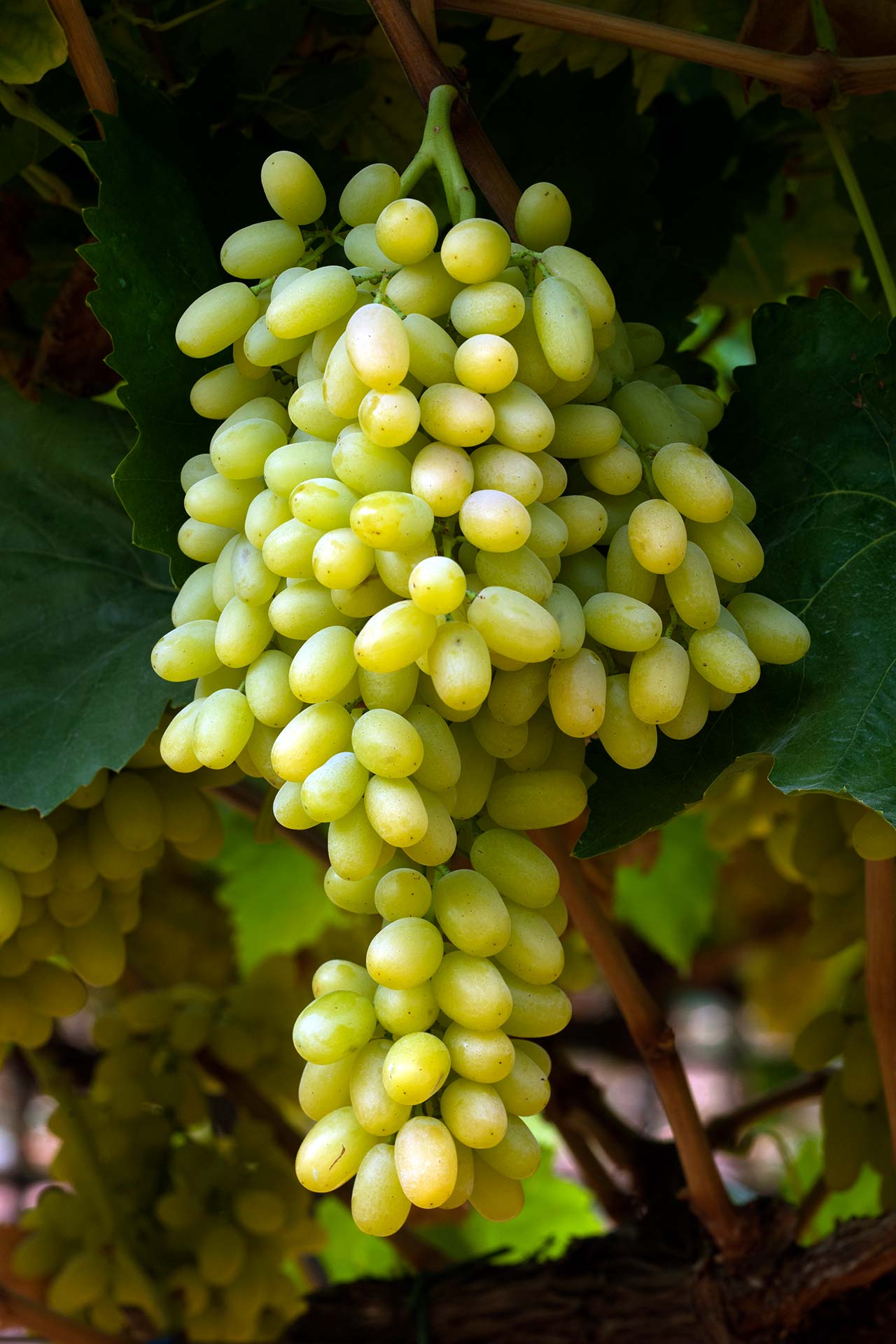
Sultanina B
Mid-season ripening
Medium to high bud fertility
Training system is neccesary
Horizontal shoot growth
Susceptible to powdery mildew, phomopsis and botrytis Oenologic Features Very large-sized grapes with small-sized seedless berries
Berries with medium skin thickness, crunchy pulp and pleasant taste

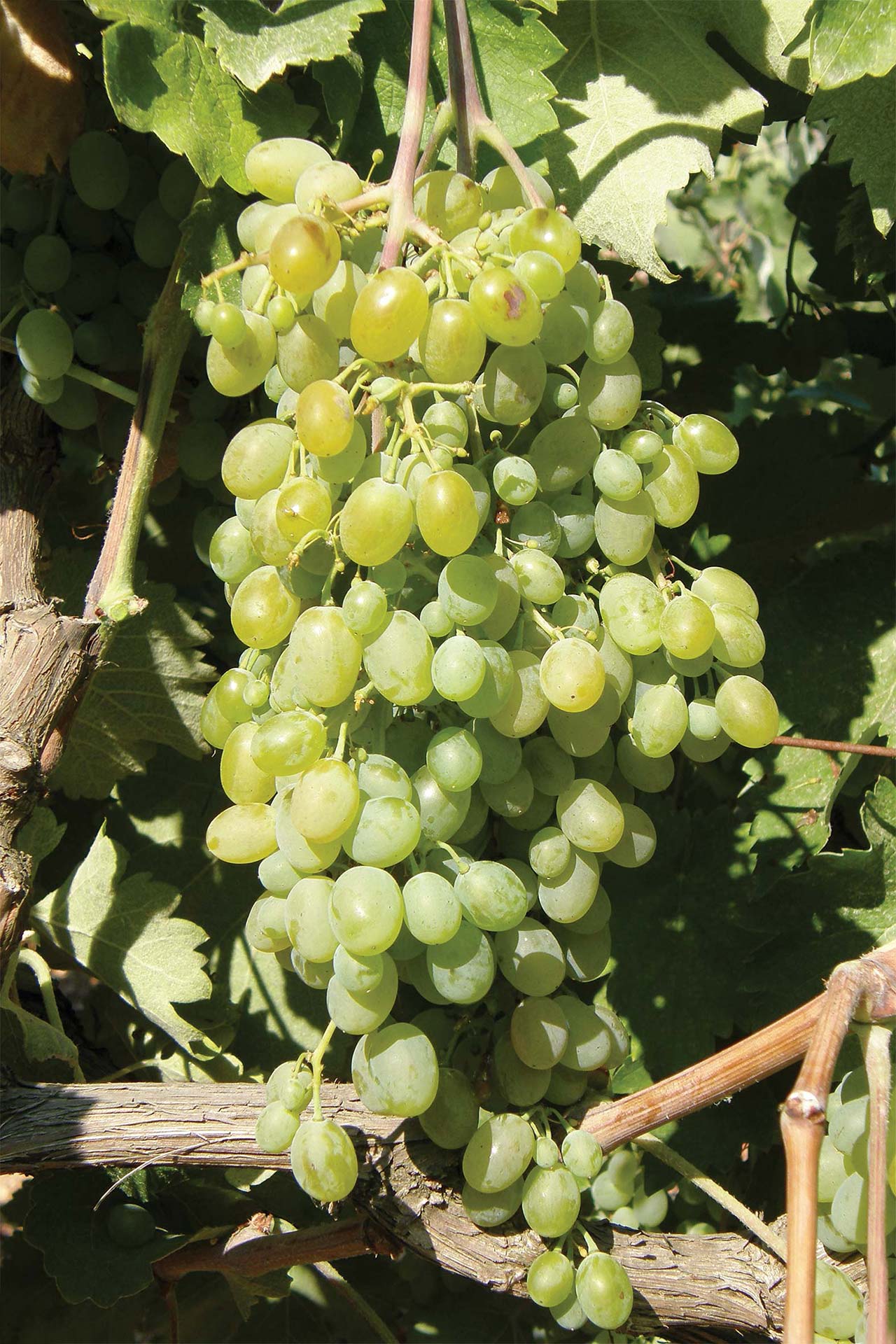
Vidiano B
Clones ENTAV-INRA® 007VNB Agronomic Features Large-sized grapes with large to medium-sized berries
High vigor
Horizontal shoot growth Oenologic Features High acidity
Thick skin
Aromas of stone fruits and floral notes

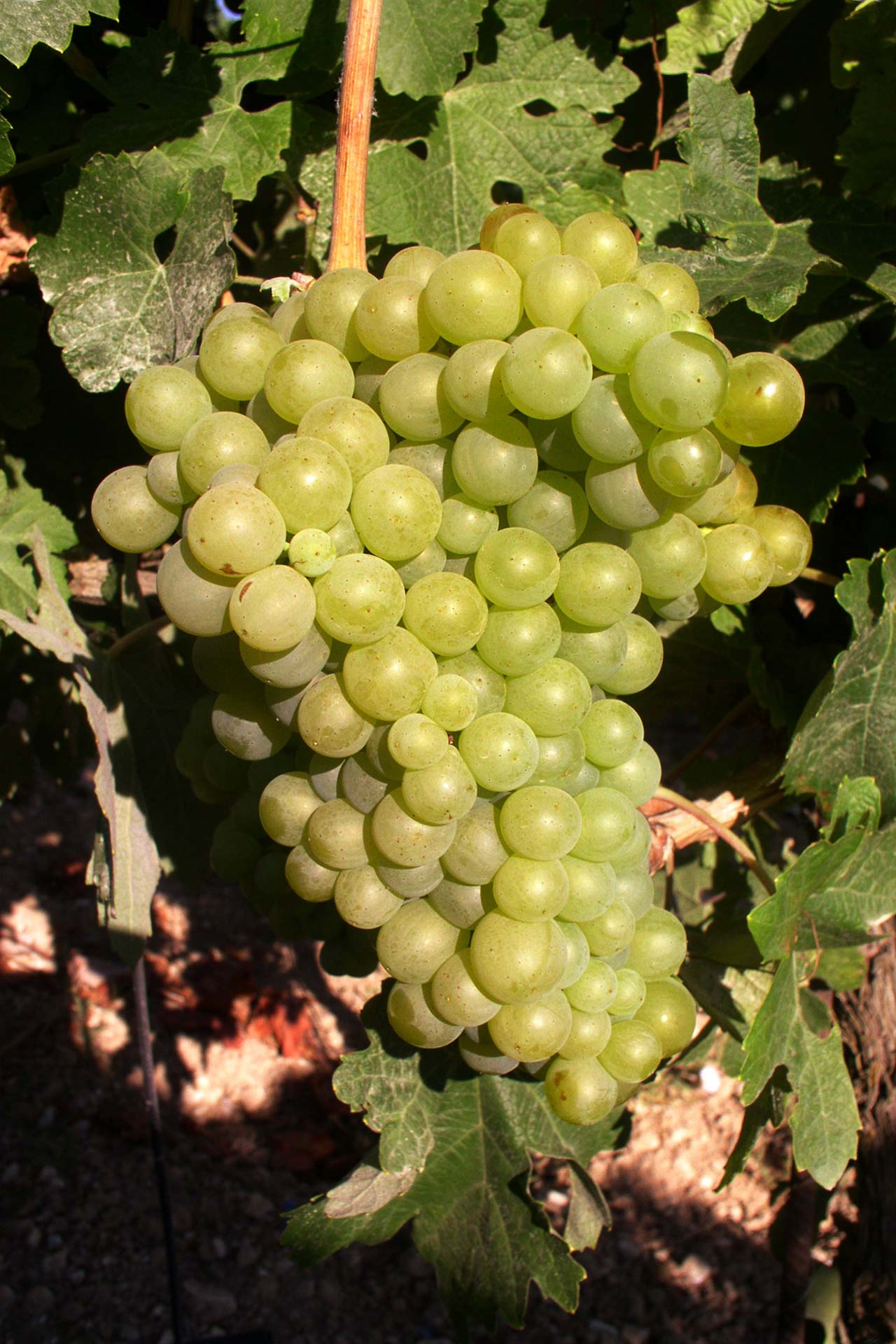
Vilana B
High bud fertility
Large-sized grapes with medium-sized berries Oenologic Features Medium acidity
It produces wines with floral and white fruit aromas

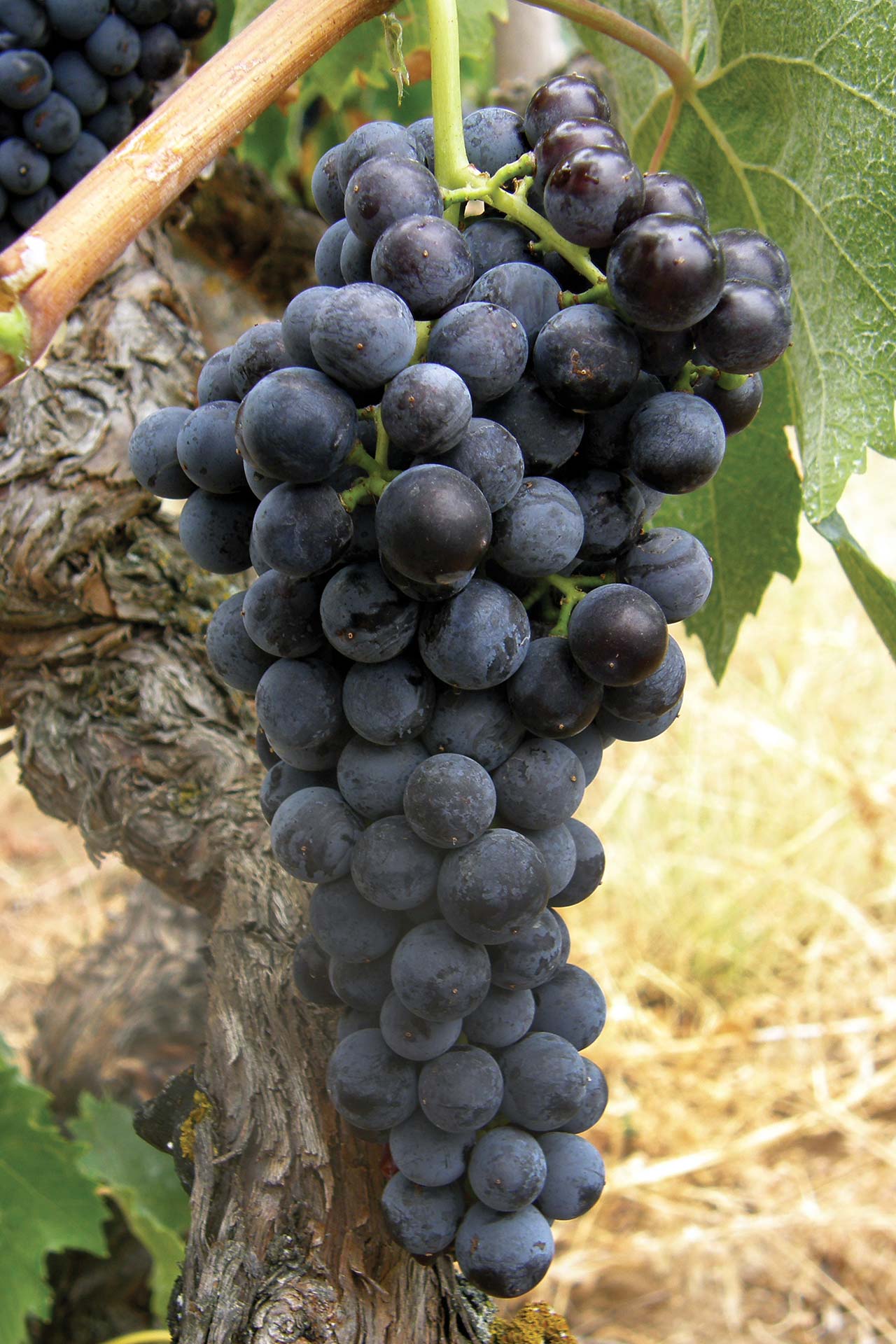
Xinomavro N
Popolka
Mavro Naoussis Clones ENTAV-INRA® 018VNB Agronomic Features Medium sized bunches with small sized grapes
Very high vigor
High bud-fertility Oenologic Features High acidity
High tanin content
Aromatic palet characterized by black fruits, tomato, cherry)
Production of dry and sparkling wines with a great ageing potential

Xynisteri
Oenologic Features Citrus aromas
Medium acidity


